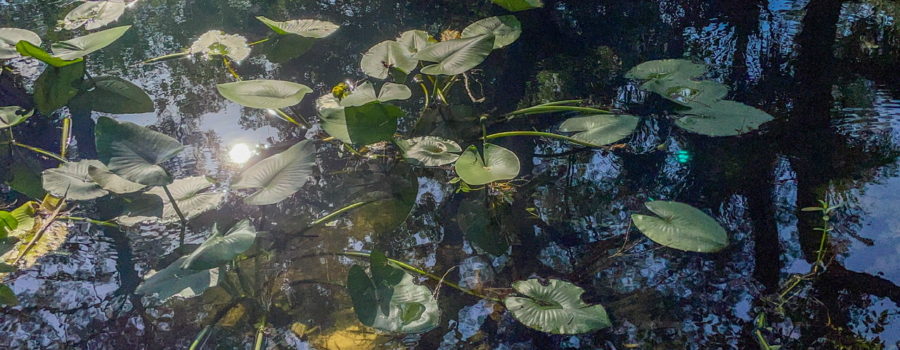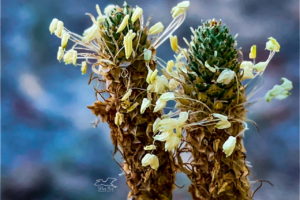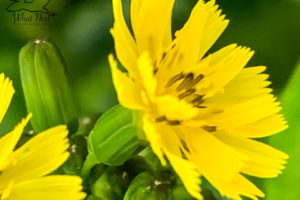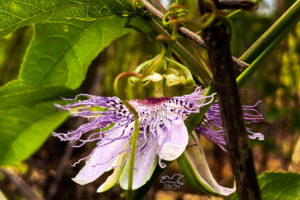Spatterdock is Beautiful and Multifunctional

On my afternoon trip to Henry Beck Park I was able to find a bunch of plants, insects, bees, snails, and spiders that I don’t usually get in my dryer sandhills habitat. One of the things I certainly wouldn’t ever get to see where I live is spatterdock, also called yellow pond lily, cow lily, or my favorite, alligator bonnet (I just get an adorable image in my mind of a baby alligator with one of the big, broad leaves on it’s head like a hat!). Spatterdock is an aquatic plant and requires between one and five feet of water to grow. Pretty much the whole state would have to be flooded before that would ever happen in the sandhills!

As you can see, spatterdock is a type of water lily, but not your typical water lily. It is characterized by it’s large broad leaves that can both float on the surface of the water or grow submerged and also by its’s unusual yellow flower. There are several species of spatterdock that occur in the United States (they used to be categorized as subspecies of one species, but are now all considered separate). The one that we have here in this area, Nuphar advena is found only in the eastern United States and into eastern Canada. The typical water lily flower is a delicate, multi petaled, fully open, colorful flower, while the spatterdock flower is a large round, yellow ball. The outside of the flower is actually made from it’s sepals rather than real petals, which explains why they are so much thicker than most petals. The sepals never really completely open up, so it’s a little more difficult to see the actual flower which stays hidden inside.

Spatterdock is an amazing plant because it has so many uses. Like many other aquatic plants, it provides shelter and food to many species including frogs, young alligators, turtles, fish, and numerous insects. In fact, there are two types of moth that depend on spatterdock to survive. They are the yellow waterlily borer and the waterlily moth. The large, fragrant flowers are great food sources for pollinators like butterflies, bees, moths, and hummingbirds, and if close enough to shore, deer will graze on the flowers and leaves. Once the flowers mature and seed, ducks, gallinules, and other aquatic birds will eat them as well as beavers and muskrats. Beavers, muskrats, and porcupines are also known to eat the roots.

And wild animals are not the only ones who can use spatterdock. People also will eat the seeds (they are supposed to be quite tasty roasted or made into a flour), young leaves, and occasionally the roots (although they are supposed to be quite bitter). As well as providing food, spatterdock can be used medicinally in several ways. Tea made from dried leaves is said to help sore throats and coughs as well as dysentery and diarrhea. The roots can be mashed into a poultice that can help to relieve pain, stings, and bites, and helps to stop bleeding. The leaves and roots also contain tannins that are useful for drying and tanning hides. So as you can see, this plant is not only nice to look at in ponds, lakes, slow moving streams, and water gardens, but it can also be extremely useful as well. Sounds like a win-win to me!






Recent Comments